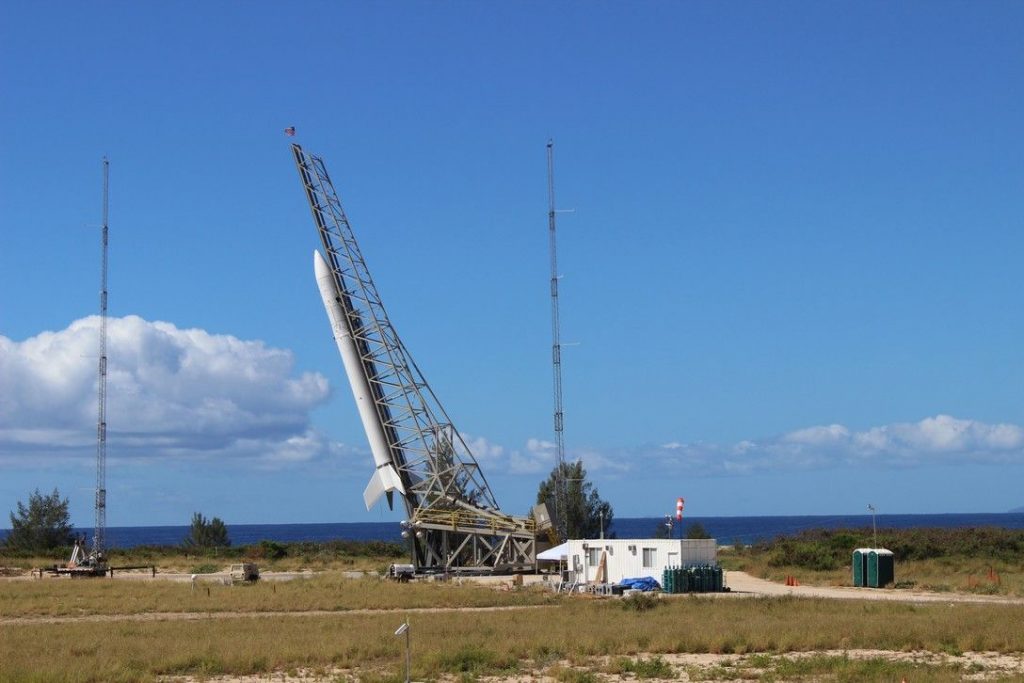On Nov. 4, 2015, the United States Air Force planned to launch an experimental rocket for small satellites from the Pacific Missile Range Facility off Barking Sands, Kauai, Hawaii. The launch didn’t according to plan.
For this mission, the Air Force was testing out the Super Strypi rocket. The rocket used a rail to help with the liftoff at 9:45 p.m. local time in Hawaii (early Nov. 4 EST) Super Strypi left the ground, but the rocket quickly spun out of control.
When it crashed, it destroyed all of the tiny satellites riding aboard the rocket. The cause? Likely a problem with the first stage motor.
The mission lost 13 tiny satellites known as cubesats. Cubesat are a popular option for space missions, because they are small and cheap, and they often operate in swarms. After failing to launch this batch of cubesats, the Super Strypi program never recovered from its failure, and the Air Force never tried launching another one.
On This Day in Space Archive!
Still not enough space? Don’t forget to check out our Space Image of the Day, and on the weekends our Best Space Photos and Top Space News Stories of the week.
Follow us @Spacedotcom and on Facebook.

